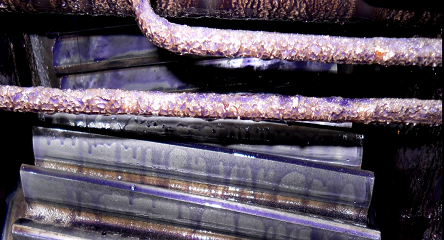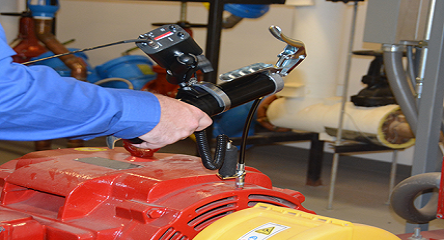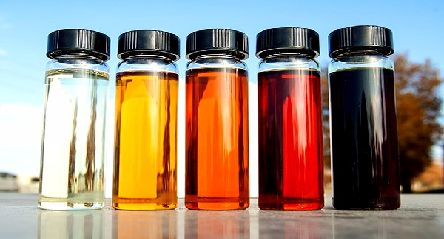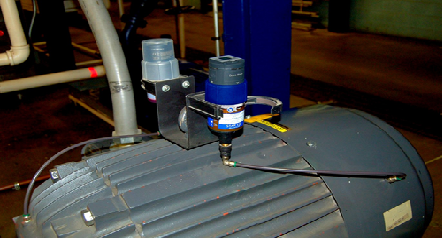Do you have critical gearboxes where if the gearbox failed, it would cause a lot of downtimes or cost a lot to repair, or take a long time to get spares? That gearbox is probably going to have rolling element bearings, and you may have other oil-lubricated bearings that may also be critical. Contamination in that oil can cause failure to occur. During the wear process and the damage from contamination, we can have wear particles that go into the oil and can then be detected through oil samples. That’s what wear particle analysis is all about.
If we have these very small, hard particles, they get between the rolling elements and the raceway. During this process (shown in the video), wear metals will be released, and the particles themselves will be detectable in the oil. The very same thing is true with gears, as we will see.
This is what we need to know: Is the oil contaminated in such a way that this is going to happen? Where are these contaminants coming from? We want to know how to avoid getting them into the oil in the future. Also, is wear taking place? Is there any other failure mode as a result of those particles in the oil? And what sort of wear is there?
If we take an oil sample, prepare it in a certain way, and look at it under a microscope, we can see some amazing things. We can see the metal and the contaminants, and by looking at the size, shape, and color of those particles, we can tell where they came from in the machine and what caused them to come away from the machine: cutting wear or high load, for example. In this case, you can see these little slivers that look like they came from a lathe or something like that. That’s called cutting wear. I can look at the color and see that it’s not darkened or blue, so it didn’t get hot. You can learn a lot by looking at these samples. That is wear particle analysis.
If you just do normal oil analysis, more than likely that will be spectrometric analysis, which looks at the concentration of wear metals in the oil. So you will see that there’s copper, and there’s tin, and there are other elements in the oil. The trouble is, the technology can only detect particles that are up to 6–7 μm in size (some say 10 μm), and the wear particles can be a lot larger than that. Whereas the contaminants can be quite small, and our particle counts will tell us that they are there, they are not the metals we’re primarily interested in. The metal that’s in the oil because of wear can potentially damage the machine—it’s these hard particles in the oil. What you saw in the animation is this little particle here, which is approximately 44 x 12 μm in size. In other words, it’s a lot bigger than that limit of 6–7 μm or 10 μm, so it would not show up in our tests.
If we want to know if there are contaminants and wear particles, we need to process the oil sample, look at it under a microscope, and see what’s going on. Here are a lot of examples (shown on screen): silica crystal, which is like sand, spherical particles, severe sliding, and wear. We can see contaminants in here as well from the filter: coal, corrosion, and other particles. So people are trained on how to prepare the samples, of course, but also to look at these particles and tell where they came from and what it means for the machine. It might come as part of the process; for example, if you’re working in the coal industry, you might get coal in the oil. We want to know what’s in the oil and if there is any sign of wear as a result. From that, we can get an early warning of faults. It’s very important for critical gearboxes for sure.






